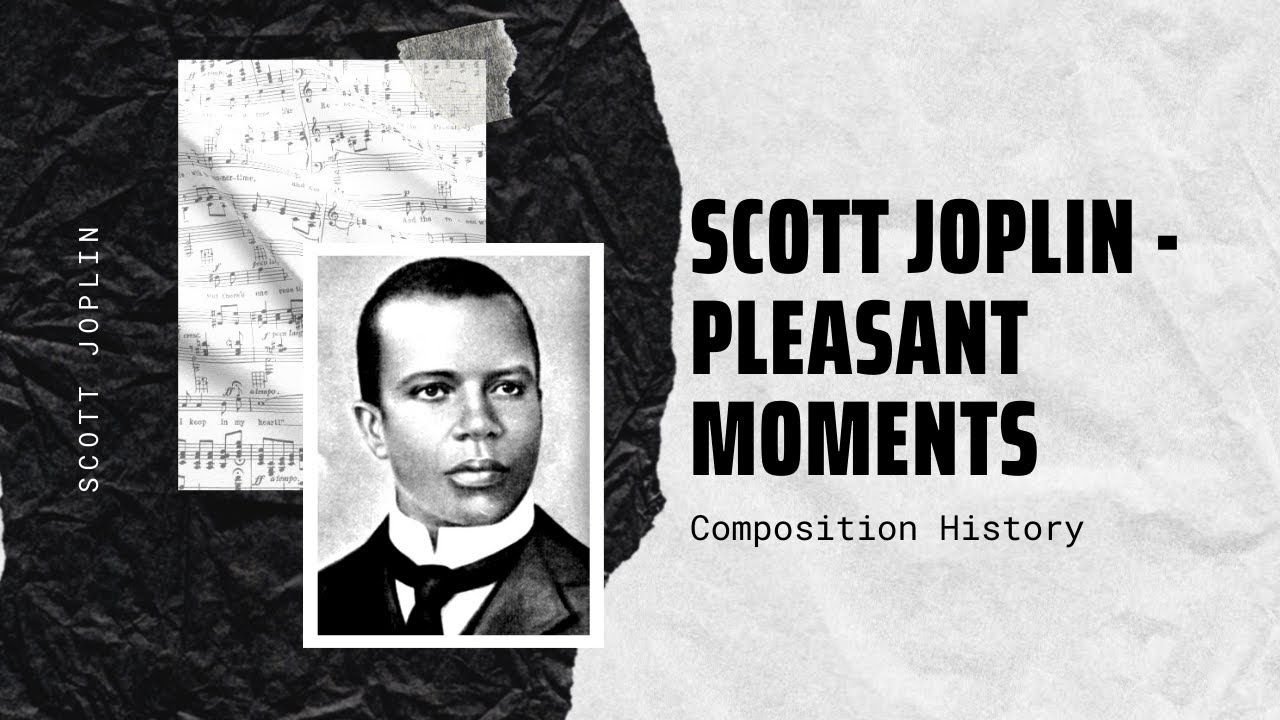
Gabriel Fauré – Piano Quartet No. 1 Op. 15
Gabriel Fauré’s Piano Quartet No. 1, in C minor, Op. 15, is one of the two chamber works he wrote for the conventional piano quartet[…]

Beethoven – 11 Bagatelles Op. 119
Ludwig van Beethoven; baptised 17 December 1770 – 26 March 1827) was a German composer and pianist; his music is amongst the most performed of[…]

Arcangelo Corelli – Violin Sonata Op. 5 No. 8
Arcangelo Corelli (17 February 1653 – 8 January 1713) was an Italian violinist and composer of the Baroque era. His music was key in the[…]

Albert Doyen – String Quartet
Love classical music? Learn to play the best PIANO pieces the easiest way: http://tinyurl.com/classic-flowkey Albert Doyen String Quartet For more: http://www.melhoresmusicasclassicas.blogspot.com

Bach – Cantata No. 152
Johann Sebastian Bach (31 March [O.S. 21 March] 1685 – 28 July 1750) was a German composer and musician of the Baroque period. He is[…]

Beethoven – String Quartet No. 9 in C Op. 59 No. 3
Ludwig van Beethoven; baptised 17 December 1770 – 26 March 1827) was a German composer and pianist; his music is amongst the most performed of[…]

Johann Strauss Jr – Waltz medley
Johann Strauss II (born Johann Baptist Strauss; 25 October 1825 – 3 June 1899), also known as Johann Strauss Jr., the Younger, the Son (German:[…]

Bach – Fantasia and Fugue in A minor BWV 944
Johann Sebastian Bach (31 March [O.S. 21 March] 1685 – 28 July 1750) was a German composer and musician of the Baroque period. He is[…]

Scott Joplin – Pleasant Moments
Love classical music? Learn to play the best PIANO pieces the easiest way: http://tinyurl.com/classic-flowkey Scott Joplin (November 24, 1868 – April 1, 1917) was an American[…]

Debussy – Danse sacrée et danse profane – 2 Danse Profane
Claude Debussy (French: [aʃil klod dəbysi]; 22 August 1862 – 25 March 1918) was a French composer. He is sometimes seen as the first Impressionist[…]